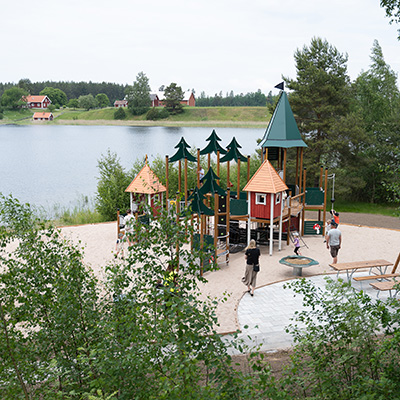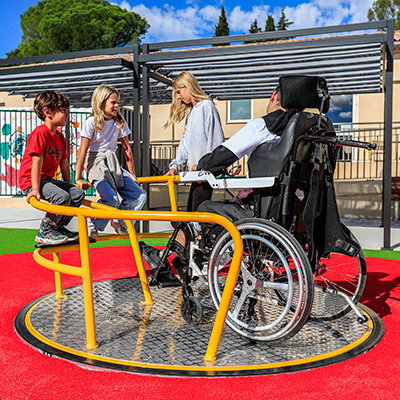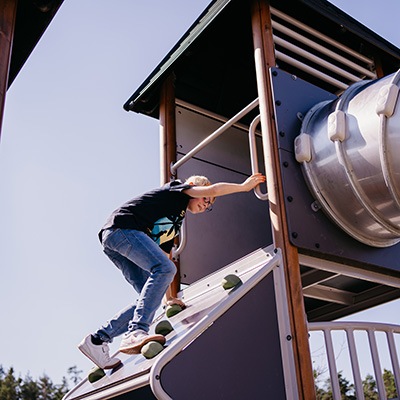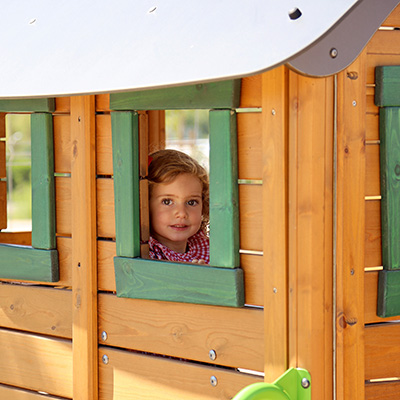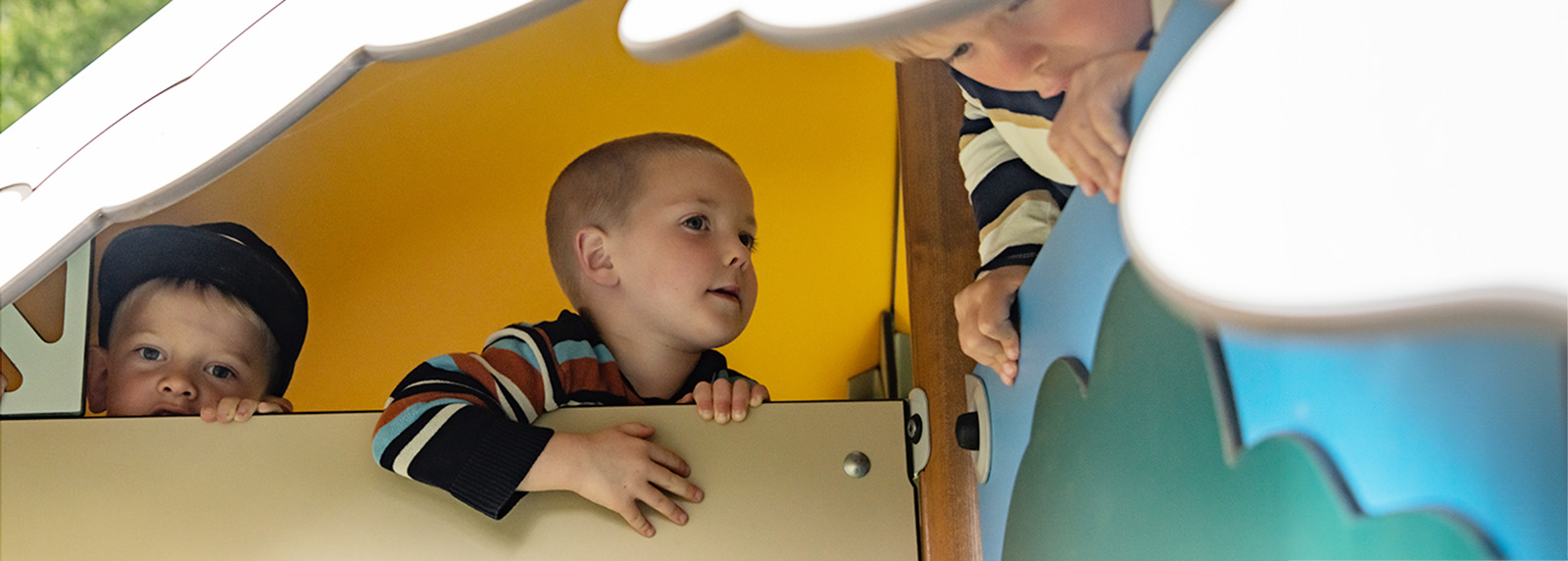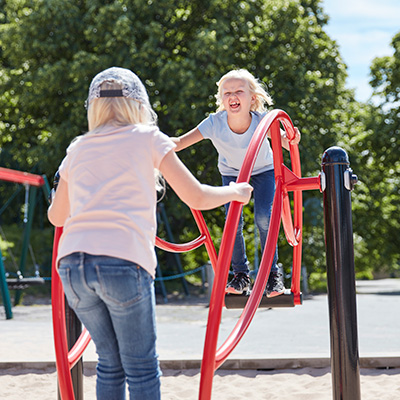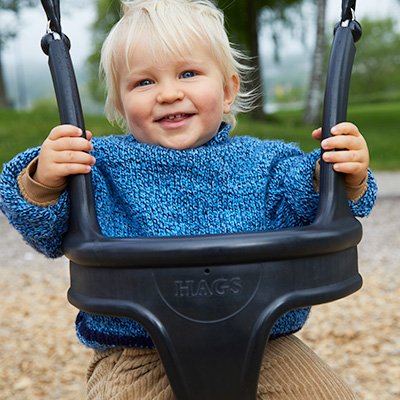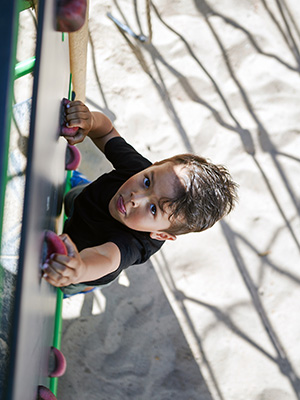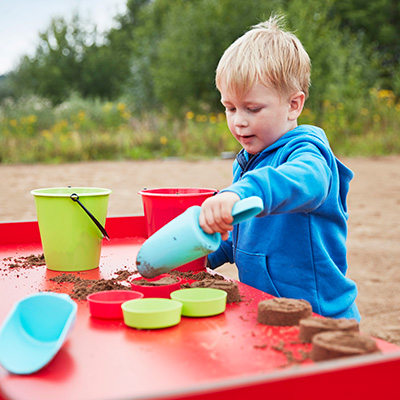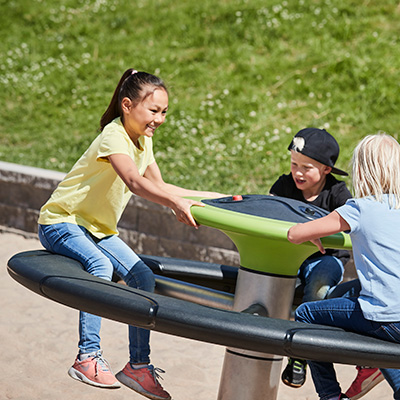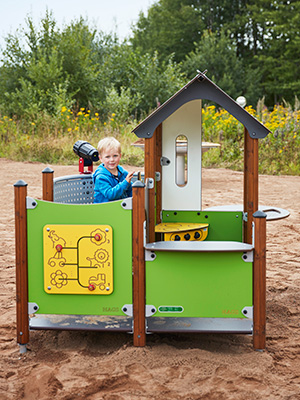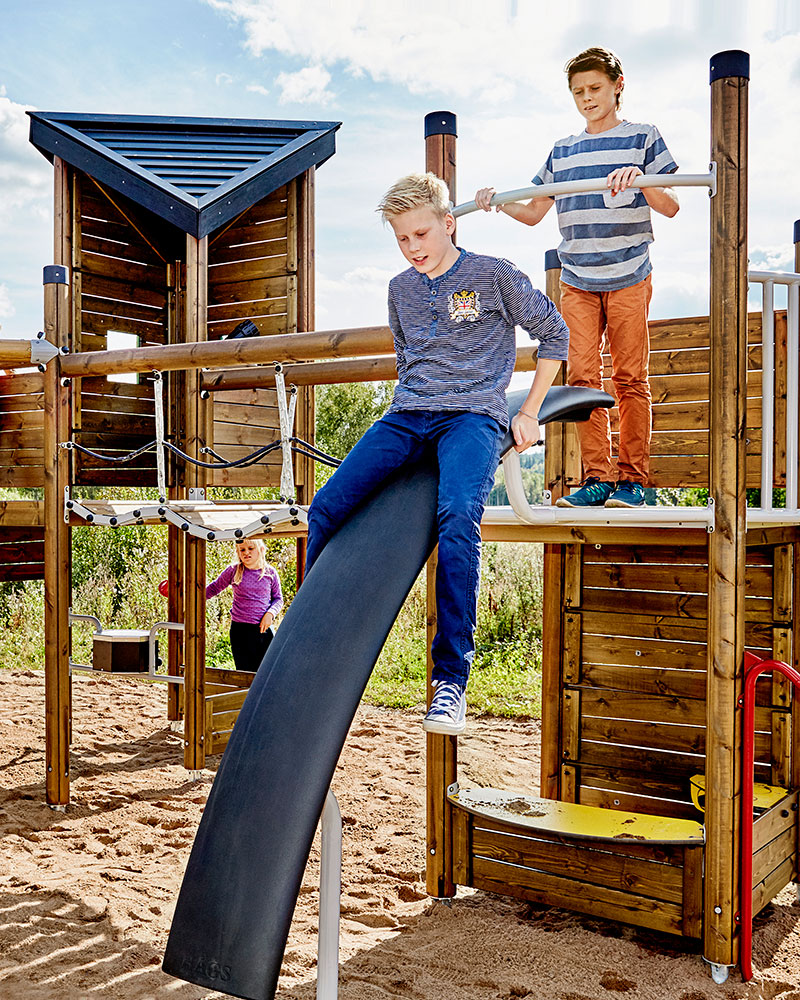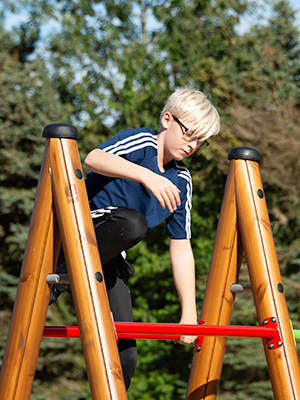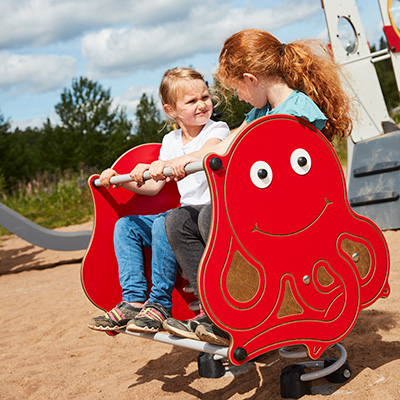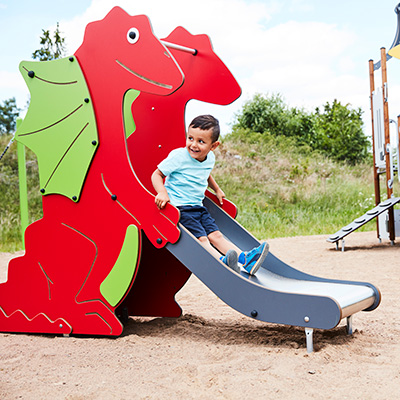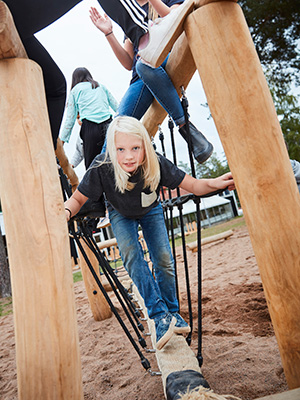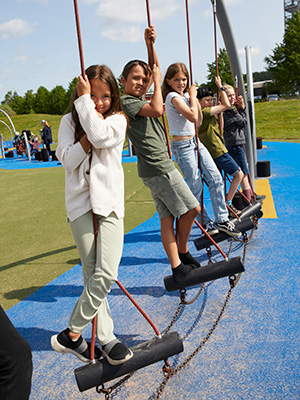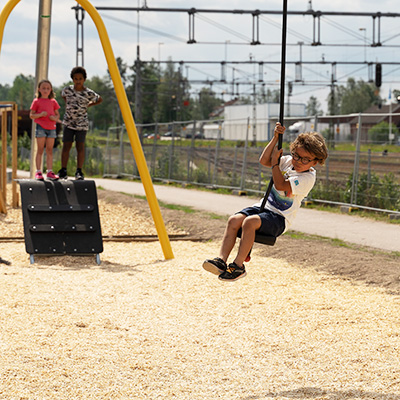Playground Design
Great playgrounds don’t happen by accident - they’re carefully designed to spark joy, support development, and strengthen communities.
Whether you're building a new neighborhood play area or upgrading an existing park, thoughtful playground design makes all the difference. A well-designed playground is more than just swings and slides - it’s a safe, inclusive, and imaginative space where children grow, explore, and connect.
This guide will walk you through the essential principles of playground design, from safety and accessibility to creativity and sustainability. Whether you're a city planner, landscape architect, or community leader, you’ll find practical tips to help you create a space that truly works for everyone.




